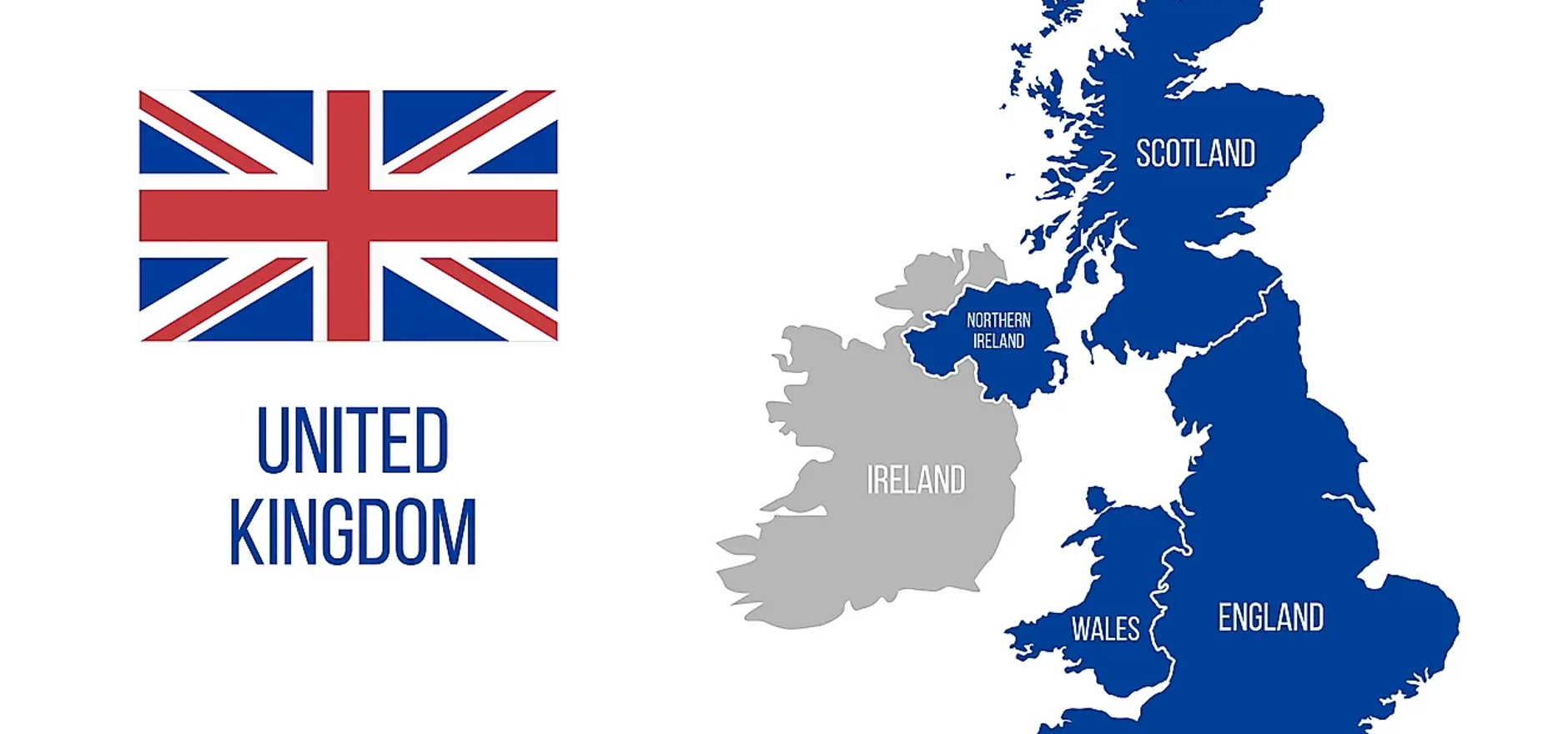
Partner Article
How Much Can You Borrow on a Bridging Loan in the UK?
Bridging loans offer a vital financial tool for property investors and homeowners in the UK. They act as a temporary solution, "bridging the gap" between your current financial situation and your end goal. But a crucial question arises: how much exactly can you borrow with a bridging loan?
Unlike traditional mortgages with set borrowing limits, the amount you can secure with a bridging loan depends on several key factors. Here at UK Bridging Loans, we'll explore these factors and provide insights to help you understand your potential borrowing capacity.
Factors Influencing Your Bridging Loan Amount:
- Loan-to-Value Ratio (LTV): This ratio reflects the percentage of the property's value the lender is willing to finance. Bridging loans generally boast higher LTVs compared to mortgages, reaching up to 75% in some cases. This means, for a property valued at £500,000, you could potentially borrow up to £375,000 (75% x £500,000).
- Property Valuation: The value of the property you're using as security significantly impacts the loan amount. Lenders rely on professional valuations to determine the property's true market worth. It's crucial to understand the valuation process employed by your chosen lender.
- Exit Strategy: A robust exit strategy is paramount for securing a bridging loan. This plan outlines how you intend to repay the loan within the short timeframe (typically 6 to 18 months). A convincing exit strategy, such as a confirmed property sale or refinancing plan, demonstrates your ability to repay and increases your chances of securing a higher loan amount.
- Credit History: While not the sole determining factor, your credit history plays a role. A strong credit score signifies responsible financial management, making you a more attractive borrower to lenders.
- Lender's Specific Criteria: Different lenders have varying policies and limitations. Some may specialise in smaller loans, while others cater to larger projects. Researching potential lenders and understanding their unique criteria is crucial.
Beyond the Numbers: Additional Considerations
While the above factors provide a framework, there are additional considerations to keep in mind:
- Minimum Loan Amounts: Bridging loan providers typically have minimum loan amounts, often around £10,000.
- Maximum Loan Amounts: There isn't a strict upper limit; some bridging loans can reach millions depending on the factors mentioned above.
- Interest Rates and Fees: Bridging loans come with higher interest rates than traditional mortgages due to the short-term nature and the associated risk for lenders. It's essential to factor in these costs when determining the loan amount you can comfortably manage.
Getting Expert Advice
Given the complexities involved, consulting with a financial advisor specialising in bridging loans is highly recommended. They can assess your specific circumstances, guide you through the application process, and help you secure the most suitable loan amount for your needs.
Bridging Loans: A Flexible Solution
While there's no one-size-fits-all answer to how much you can borrow on a bridging loan, understanding the key factors and seeking expert advice empowers you to navigate the process effectively. Remember, bridging loans are a versatile tool, useful for various scenarios beyond property purchases, including renovations, refurbishments, and even debt consolidation.
By carefully considering your borrowing needs, exit strategy, and financial situation, you can leverage bridging loans to achieve your property goals in the UK.
This was posted in Bdaily's Members' News section by iCONQUER Ltd .
Enjoy the read? Get Bdaily delivered.
Sign up to receive our popular morning National email for free.






 A legacy in stone and spirit
A legacy in stone and spirit
 Shaping the future: Your guide to planning reforms
Shaping the future: Your guide to planning reforms
 The future direction of expert witness services
The future direction of expert witness services
 Getting people into gear for a workplace return
Getting people into gear for a workplace return
 What to expect in the Spring Statement
What to expect in the Spring Statement
 Sunderland leading way in UK office supply market
Sunderland leading way in UK office supply market
 Key construction developments in 2025
Key construction developments in 2025
 Mediation must be part of planning process
Mediation must be part of planning process
 From apprentice to chief financial officer
From apprentice to chief financial officer
 Don't stifle growth with apprenticeship cuts
Don't stifle growth with apprenticeship cuts
 The start-up landscape: What lies ahead in 2025
The start-up landscape: What lies ahead in 2025
 JATCO adds welcome drive to automotive sector
JATCO adds welcome drive to automotive sector